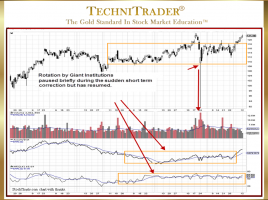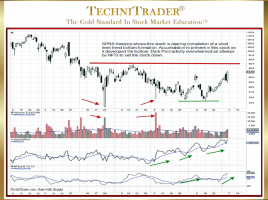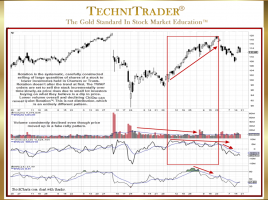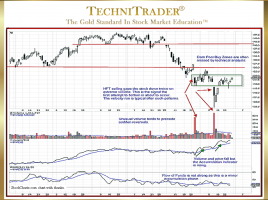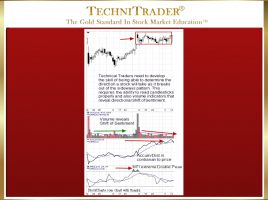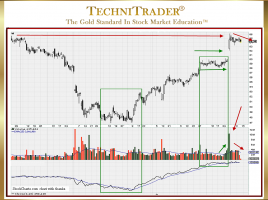
How to Identify Professional Traders’ Footprints as an Earnings Strategy
They Start Trading While Dark Pool Quiet Accumulation Continues During Earnings Season, most Retail Traders and Technical Traders are often frustrated because they do not have training on Earnings Strategies that work for their Trading Style. They hear about a stock or a great report and discover that the stock …

